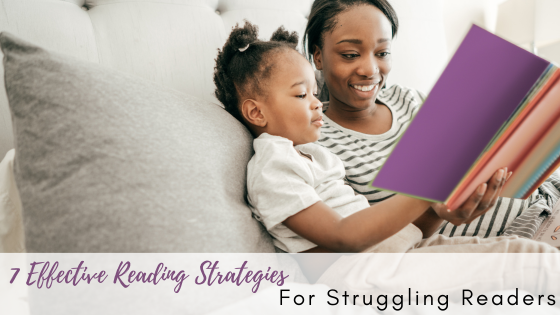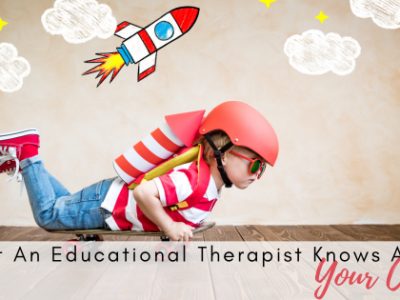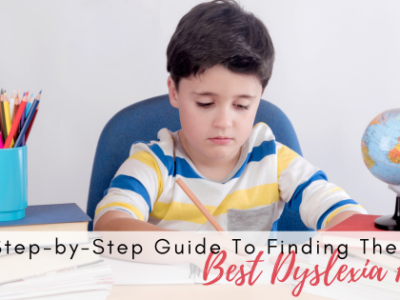
7 Effective Reading Strategies For Struggling Readers
In the world of education, different schools of thought on how to approach reading instruction have always existed. There were the Dick and Jane books that so many young readers learned to read with, through sight words and repetition. Later, other ways to read emerged like the whole language approach, a variety of phonics programs, and balanced literacy. And now, in 2024, reading instruction is moving more distinctly toward methods that involve the science of reading. The science of reading encompasses research, brain science, and proven strategies that effectively help students to learn how to read. Struggling readers and children with dyslexia can benefit from tried and true ways to improve reading skills. Read on to learn about 7 effective reading strategies for struggling readers.
- Exercises in phonemic awareness are essential. Phonemic awareness is foundational when it comes to reading skills; it encompasses a student’s ability to identify and manipulate individual sounds (phonemes) that make up words. To help you get a sense of phonemes, note that the word “cat” has three: /k/, /a/, and /t/. Phonemic awareness is more focused on the sounds heard in words rather than simply recognizing the letters. Mastering this skill helps young readers to connect sounds to letters, which can help to build key reading skills like fluency and spelling. Some exercises that help to improve phonemic awareness include playing rhyming games, reading books with lots of rhyming words, identifying beginning sounds of words, and segmenting words. Of course, the effectiveness-factor goes up when you ensure that these exercises are engaging for the reader. Phonemic awareness develops with lots of practice, so patience and consistency are an important part of a child’s progress.
- Explicit instruction is key. This structured approach to teaching reading helps to break down complex skills into smaller, more manageable steps, and it includes clear, direct instruction for each step. Explicit instruction employs modeling, guided practice, independent practice, and frequent checks for understanding. It can help to reduce confusion and build confidence in struggling readers, while also promoting independent learning. Phonemic awareness, phonics, and decoding are all methods of explicit instruction.
- Systematic instruction is one of the best approaches. Systematic instruction is a structured and sequential approach to learning; this helps to make it particularly beneficial for students with dyslexia. This kind of instruction follows a logical order that builds on mastered skills before bringing in new skills. It incorporates cumulative learning, repetition and review, and clear sequencing from simpler to more complex skills. Altogether this helps to reduce frustration, promote mastery of foundational skills, and supports long-term retention of information.
- A multisensory approach matters. This powerful approach engages students’ multiple senses in order to reinforce learning and improve memory. Many different multisensory methods involve incorporating visual, auditory, tactile, and kinesthetic senses into the learning process. For struggling readers, this helps to create stronger neural connections; it can help students with dyslexia to better grasp concepts such as letters and sounds.
- Crack the code. Decoding is such an essential skill for struggling readers. This process uses a reader’s knowledge of letter-sound relationships to break down written words into individual sounds; then, readers blend the sounds together to read the word aloud—truly like a code-breaker for language. Connecting letters can be challenging for students with dyslexia; decoding empowers students with skills to sound out unfamiliar words and to become more independent readers. Decodable books, flash cards, and manipulatives can be effective teaching tools for decoding.
- Look for the gold standard. Orton-Gillingham programs have long been the trusted method for teaching struggling students to read. This is a structured, multisensory approach that focuses on phonemic awareness, blending sounds, and segmenting words. There are different instructors that can help to teach your reader through an Orton-Gillingham program. Because there is a huge variety in the level of Orton-Gillingham training, make sure that you ask about the depth of credentialing before you entrust your child to anyone.
- Reach out to a team of experts. All children deserve the opportunity to be academically successful—no matter what academic challenges they face. Dyslexia on Demand offers convenient and accessible dyslexia programs that are implemented with Certified Academic Language Therapists. They work with students using an Orton-Gillingham-based dyslexia intervention program. This helps to build knowledge, skills, and independence for students who struggle with reading, and exercises are tailored to each reader’s specific needs and learning style. Dyslexia therapy at Dyslexia on Demand takes place in one-on-one or group sessions four times per week. This frequency helps to build skills and confidence over time.
When the wrong approaches to dyslexia and reading struggles are used, students often flounder in the classroom. Is your struggling reader in need of help to alleviate his or her difficulties with learning? Let Dyslexia on Demand help you learn the difference between dyslexia tutoring and dyslexia therapy; they offer powerful solutions, experienced therapists, and the convenience of online sessions. Reach out to Dyslexia on Demand at our website.







